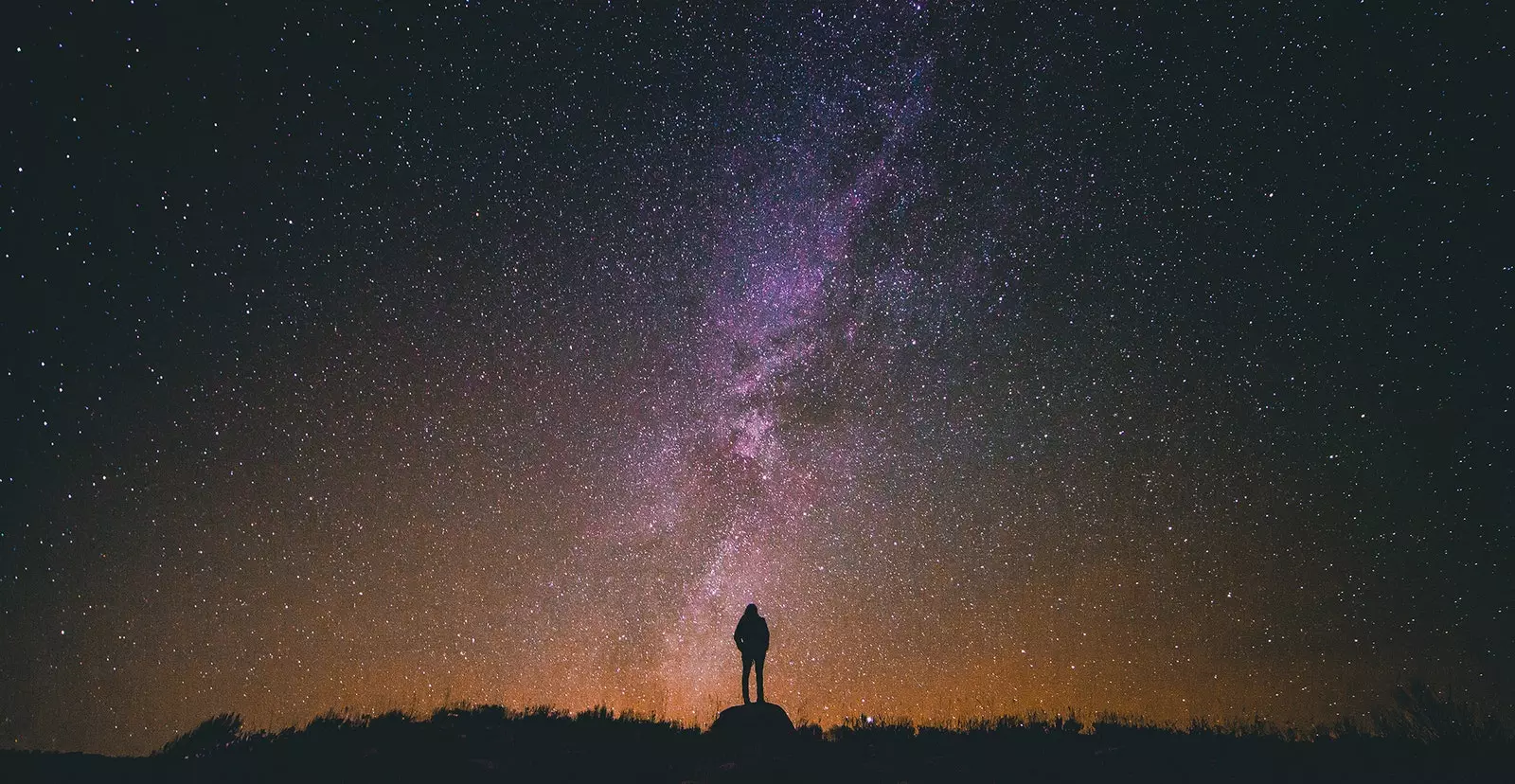
All the phenomena (meteor showers, supermoons...) and where you can enjoy them from
In 2019 We have decided not to stop looking at the sky, to continue allowing ourselves the luxury of enjoying the wonders that Mother Nature gives us. Eclipses, supermoons, minimoons and meteor showers dot the next 365 days of astronomical calendar of the year that begins.
VISIBLE PHENOMENA FROM SPAIN
January
Day 4: Quadrantids. Less known than the summer Perseids or the Geminids of December, the Quadrantids are the ones in charge of opening the year.
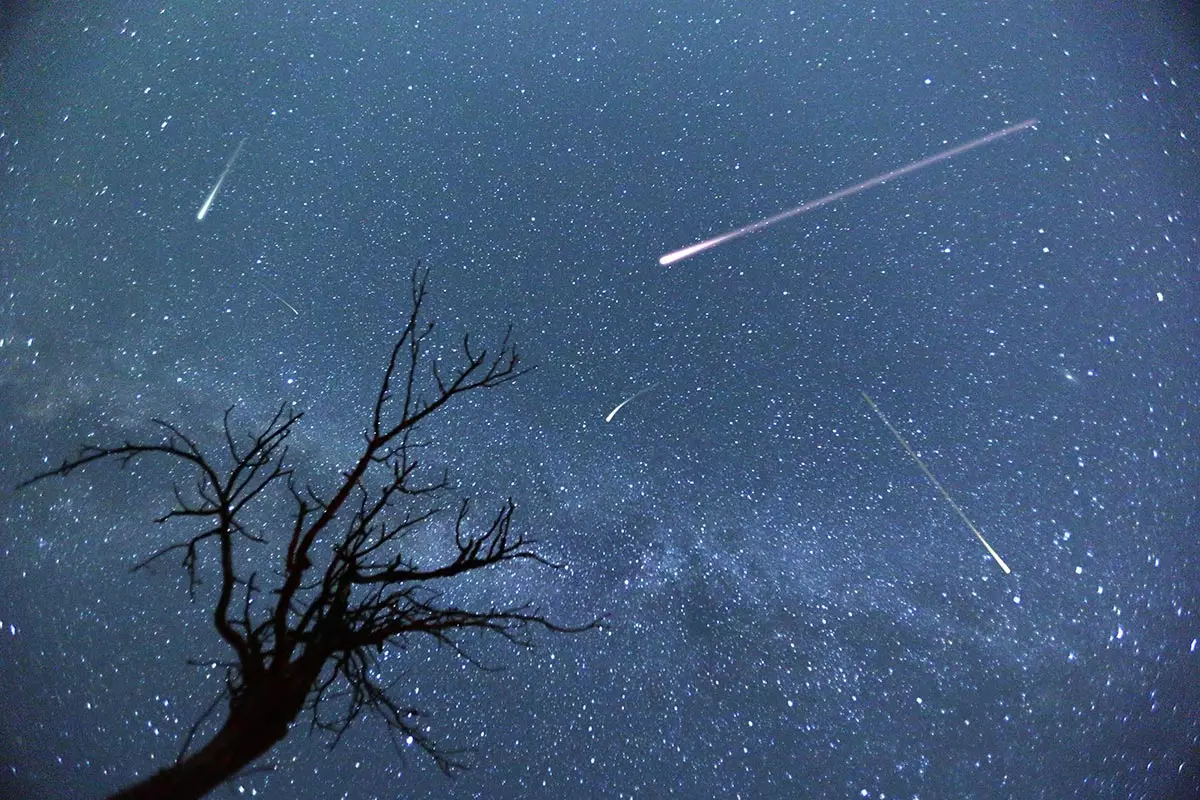
the show is in heaven
The first meteor shower of 2019 will be visible from Spain and will have its maximum activity at dawn on January 4, at 03.00 hours (02.00 hours in the Canary Islands). If we add to that On January 6 there will be a new moon and that the previous nights will be of a waning moon, with the consequent darkness that this entails, the show is guaranteed.
The Quadrantids differ from other rains as far as origin is concerned, since They are not born from comets, but from an asteroid, specifically 2003 EH.
Day 21: total lunar eclipse. We had been two years without total lunar eclipses and in seven months our satellite gives us two. The first, which won the title of the longest of the 21st century, took place last july 27 and now we eagerly await the second.
This time, will be seen in its entirety in the Canary Islands, where its maximum will begin at 05.12 hours. In the rest of the peninsular regions where it can be seen, its maximum will begin at 06:12. The possibility of contemplating it or not has to do with the height at which the Moon is at each moment.
And yes, it will be too Red Moon. This phenomenon is due to the Moon does not disappear from view, but takes on a reddish hue when Earth's atmosphere acts like a lens deflecting sunlight and filtering out its blue components, letting through only the red light that will be reflected by the satellite.
February
Day 19: Supermoon. That night the satellite will be in its perigee , that is, at the closest point of its orbit to the Earth. Therefore, we will perceive brighter and larger.
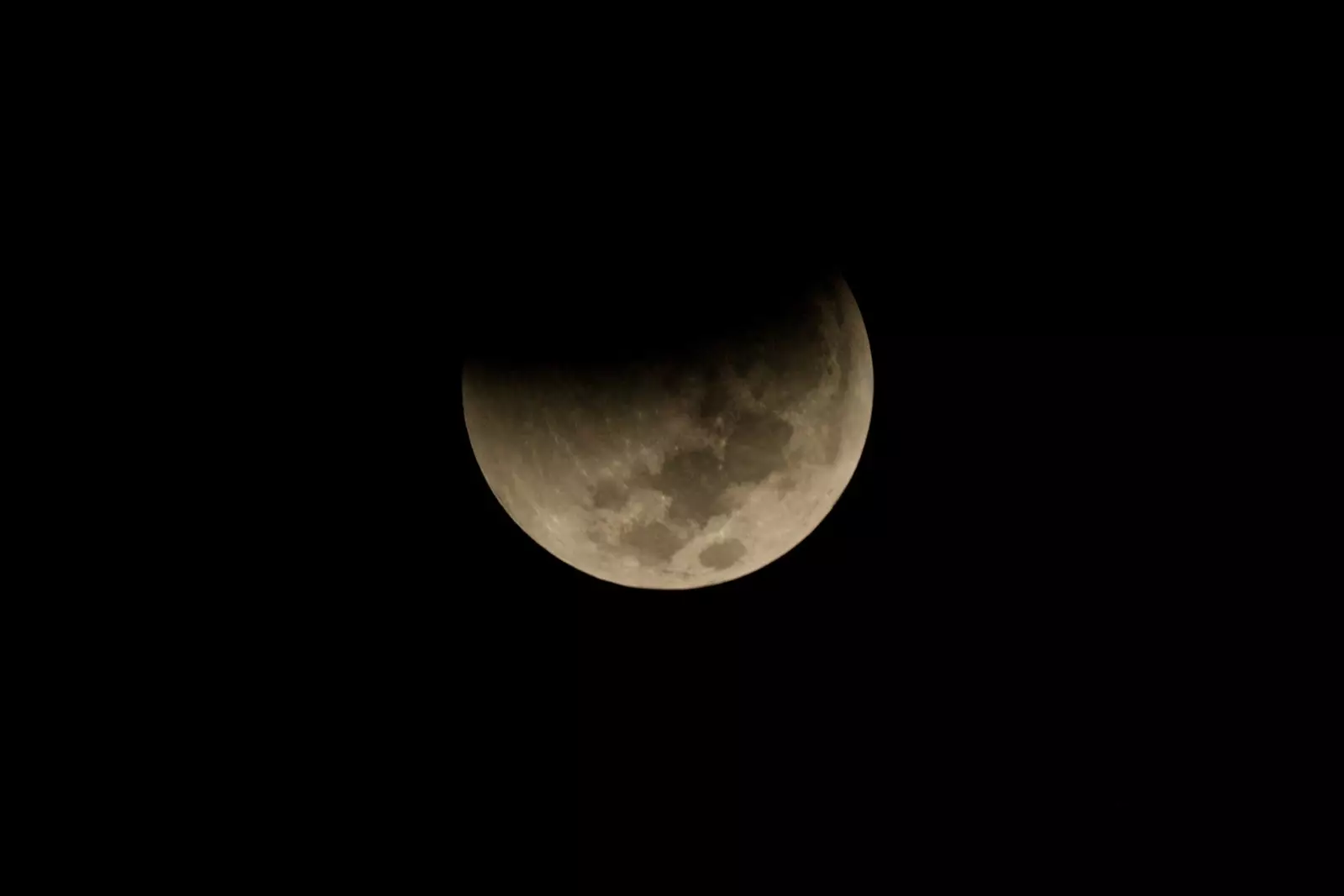
The Moon will also have its minutes of glory
July
Day 16: partial lunar eclipse, that which occurs when only part of the satellite enters the shadow of the Earth. It will be visible in the Canary Islands from sunset and will have a duration of about 2 hours and 58 minutes.
August
Day 13: Perseids. The tears of San Lorenzo are the event of the summer for lovers of the sky. In 2019, its activity will extend between July 17 and August 24, reaching his peak on August 13.
According to the International Meteor Organization (IMO), this natural spectacle usually leaves between 50 and 75 meteors per hour in rural areas.
From the Astrophysical Institute of the Canary Islands (IAC) they indicate to Traveler.es that they still it is early to know what its visibility will be in Spain and that everything will depend on the Moon and the weather.
September
Day 14: Minimoon. Contrary to what we can enjoy in January, September and the last days of summer will bring us a Moon in its apogee phase, this is that the satellite will be at the point of its orbit farthest from the Earth, which will make us see it less bright and smaller.
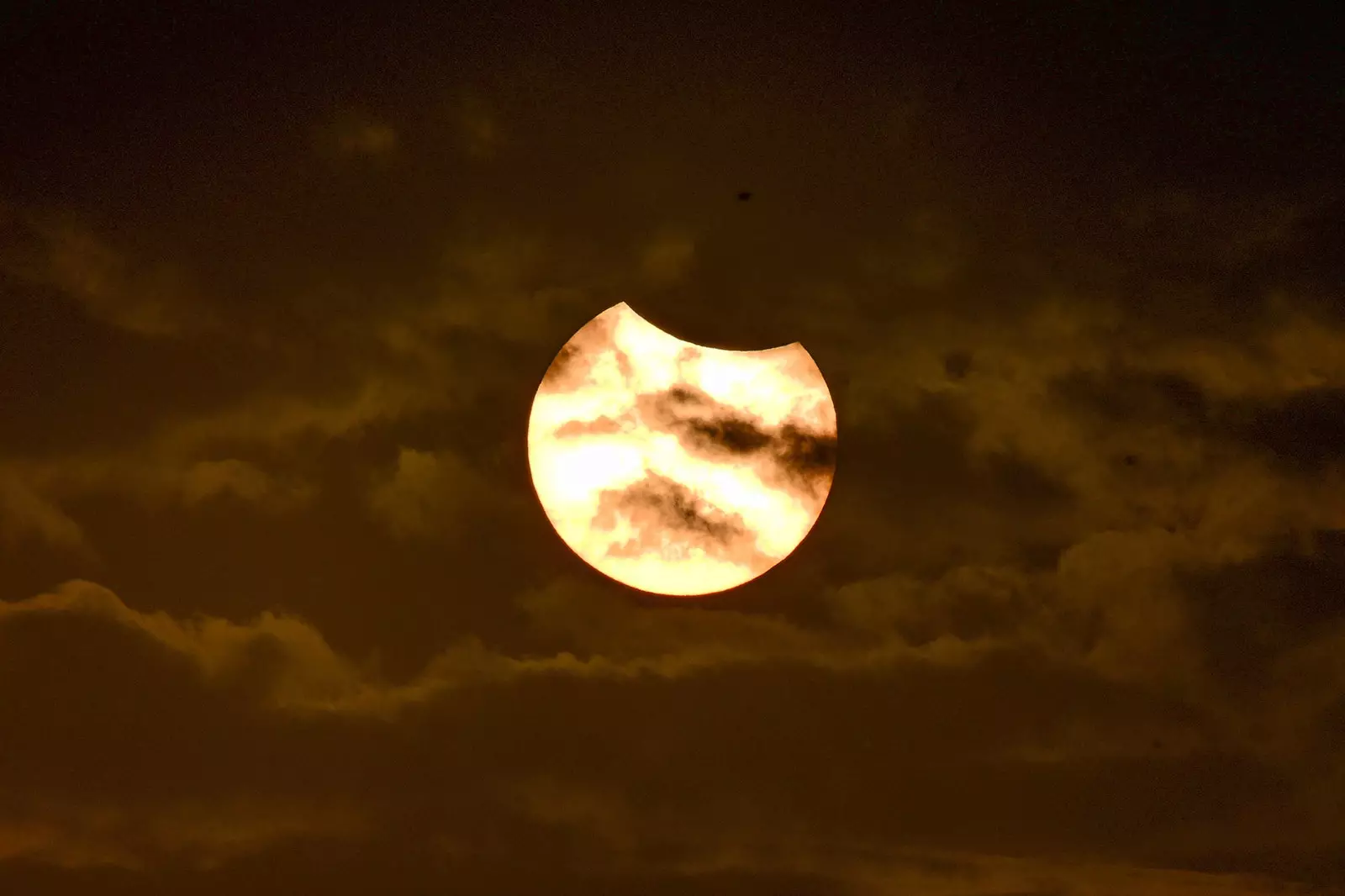
Partial, total or annul. The sun will play
December
Day 14: Geminids. The last meteor shower of 2019 is almost a year away, which is why the IAC insists on the impossibility of knowing what its visibility will be in Spain and on the need to wait to know the weather conditions and what will be the presence of the Moon.
Active between December 4 and 17, the Geminids will reach their activity peak on December 14 before midnight since the Gemini constellation is well located from 10:00 p.m. onwards, they explain at the IMO.
VISIBLE PHENOMENA OUTSIDE SPAIN
January
Day 6: partial solar eclipse. The Three Wise Men will not only bring gifts to much of the world, but will delight them with a partial solar eclipse, the one in which our satellite fails to completely cover the solar disk causing a bright moon to appear in the sky. It will be visible in the North Pacific, Japan, and China.
July
Day 2: total solar eclipse. The bad news is that it cannot be seen from Spain. The correct? You can always **plan a trip to Chile and Argentina** to enjoy this show that will last just over 4 minutes.
In case crossing the pond is out of your hands, keep in mind that the IAC will broadcast the eclipse live from Chile.
December
Day 26: annular eclipse of the Sun. ** India ** and ** Indonesia ** will be the places from which you can contemplate this phenomenon of about 3 minutes in which the Moon will reveal only a ring of the solar disk.
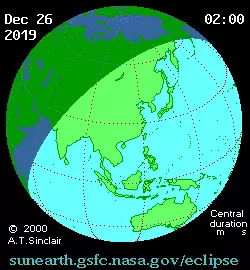
Recreation of the annular solar eclipse of December 26
